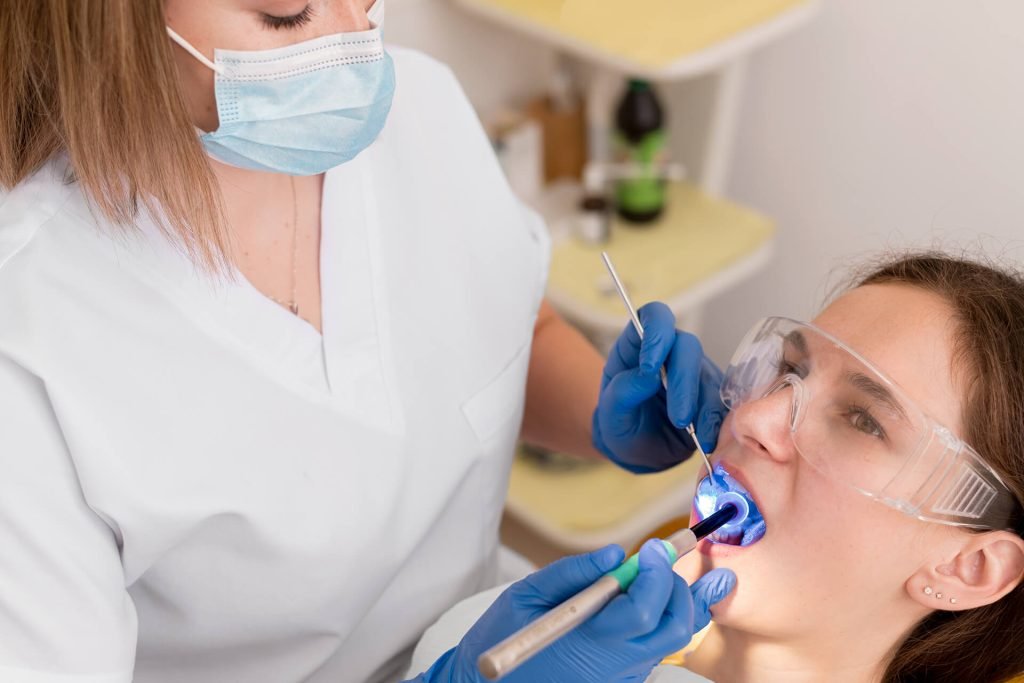Tooth Extraction

Tooth extraction, also known as dental extraction or exodontia, is a dental procedure in which a tooth is removed from its socket in the jawbone. This procedure is typically performed by a dentist or oral surgeon under local anesthesia or sedation to minimize pain and discomfort. There are various reasons why tooth extraction may be necessary: Severe Tooth Decay When tooth decay becomes advanced and compromises a significant portion of the tooth structure, extraction may be necessary if the tooth cannot be restored with a filling, crown, or other dental treatment. Gum Disease Advanced gum disease (periodontal disease) can cause irreversible damage to the supporting structures of the teeth, leading to tooth mobility and eventual tooth loss. In some cases, extraction may be recommended to prevent further spread of infection and preserve overall oral health. Impacted Teeth Impacted teeth are teeth that are unable to fully erupt through the gums due to obstruction by other teeth, bone, or soft tissue. Wisdom teeth (third molars) are commonly impacted, and extraction may be necessary if they cause pain, infection, or other dental problems. Orthodontic Treatment In some cases, tooth extraction may be part of orthodontic treatment to create space and facilitate proper tooth alignment. This is often done in cases of crowding or when there is insufficient space for the teeth to align properly. Trauma or Injury Teeth that are fractured, severely damaged, or displaced due to trauma or injury may need to be extracted if they cannot be adequately restored. Dental Crowding In cases of severe dental crowding, extraction of one or more teeth may be necessary to create space and facilitate orthodontic treatment or improve overall dental alignment. The tooth extraction process typically involves the following steps: Anesthesia Local anesthesia is administered to numb the area surrounding the tooth to ensure that the patient does not experience pain during the procedure. In some cases, sedation may also be used to help patients relax during the extraction. Extraction Using specialized dental instruments, the dentist or oral surgeon carefully loosens the tooth from its socket in the jawbone and removes it. In some cases, the tooth may need to be sectioned into smaller pieces for easier removal. Socket Care After the tooth is extracted, the socket is cleaned and any debris or infection is removed. The dentist may also place a gauze pad over the extraction site to control bleeding and promote clot formation. Post-Extraction Care Patients are provided with instructions on how to care for the extraction site and manage any discomfort or swelling following the procedure. It’s essential to follow these instructions carefully to promote proper healing and minimize the risk of complications. Following tooth extraction, it may be necessary to replace the missing tooth with a dental implant, bridge, or denture to restore function and aesthetics. Your dentist will discuss the appropriate treatment options based on your individual needs and preferences.

